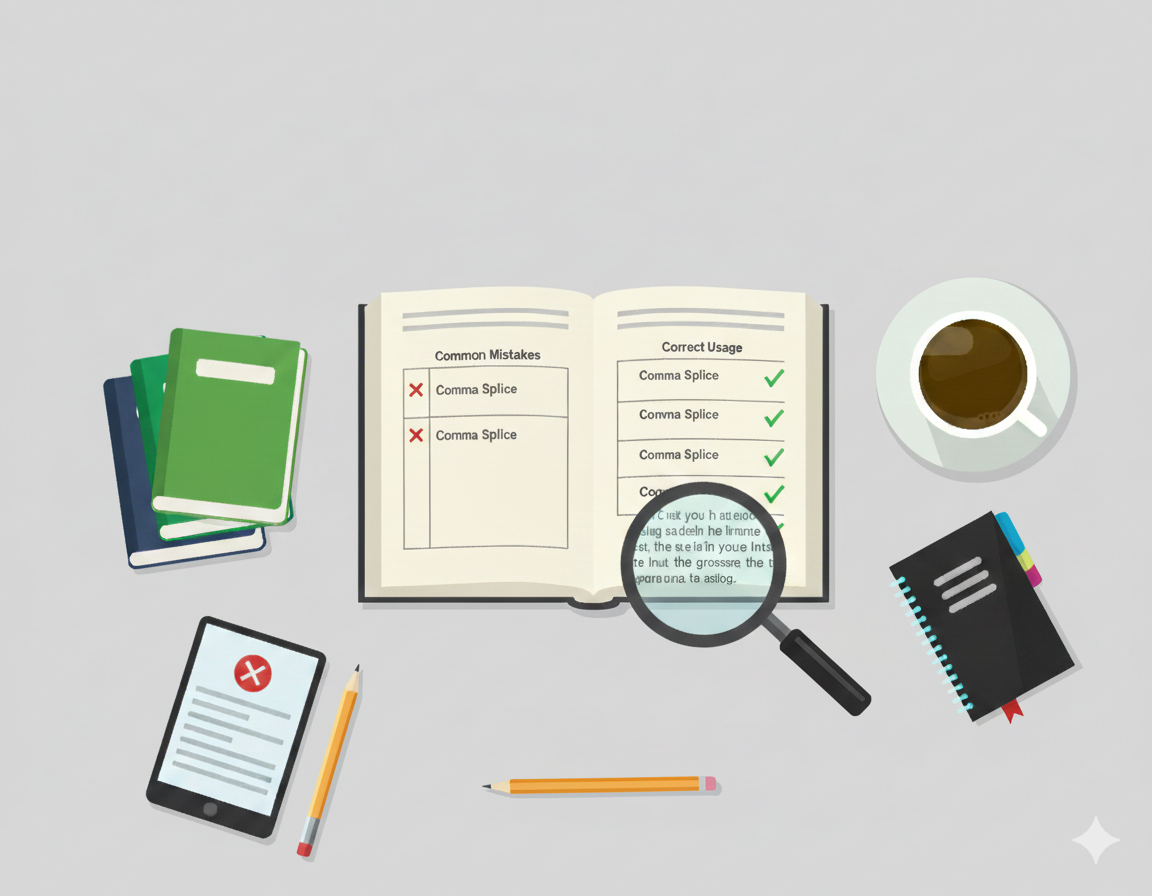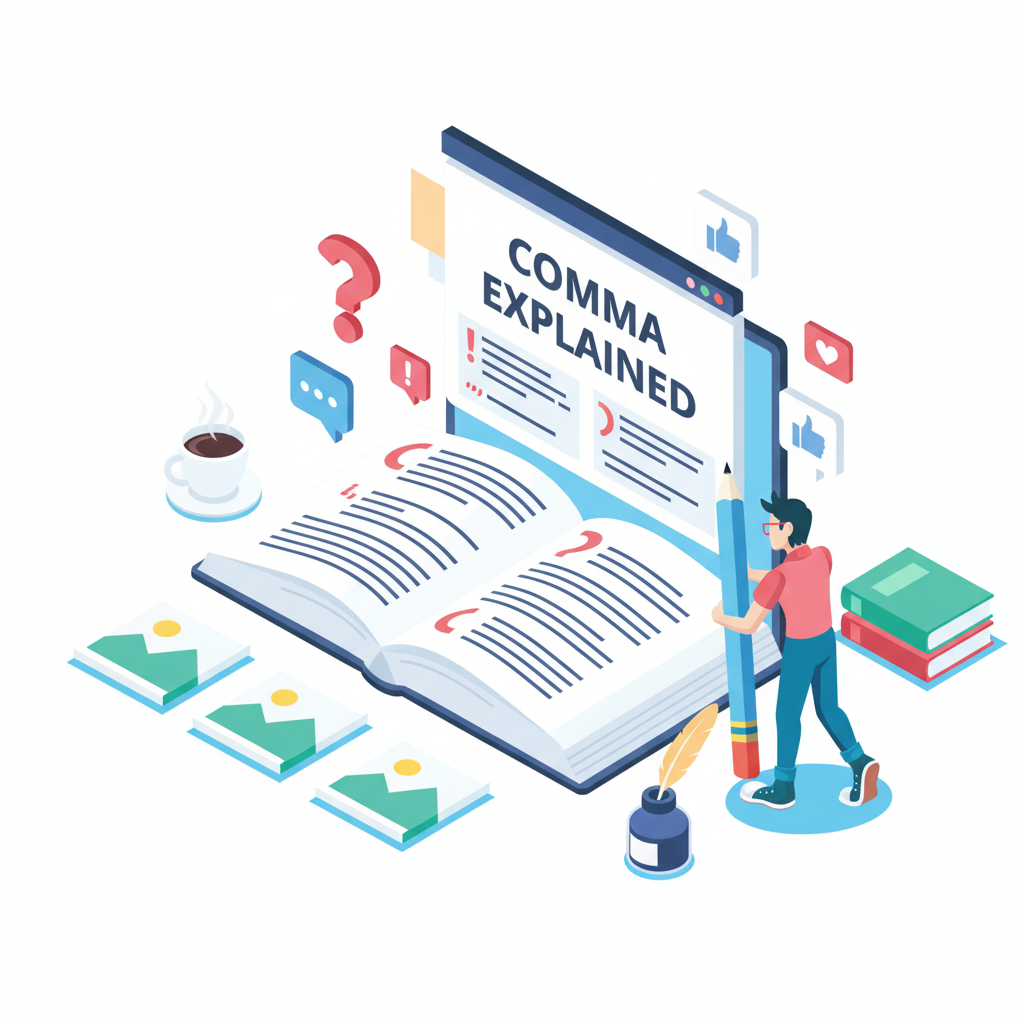
Mastering Active and Passive Voice in Academic Writing
Active vs. Passive Voice in Academic Writing: when to use each, with examples and exercises.
Note about SEO optimization in the blog below: This blog is SEO optimized by naturally including key search terms like “active voice,” “passive voice,” and “academic writing.” Clear, keyword-rich headings improve search visibility, while short paragraphs and bullet points enhance readability and user engagement. The content directly answers common questions, aligning with user intent, which helps boost search rankings. Overall, it’s designed to be both easy to read and easy to find.
Blog Title: Mastering Active and Passive Voice in Academic Writing
Let’s get real. Writing in academia can feel like a slog. You want to be clear, sharp, and convincing, but sometimes your sentences get tangled in awkward phrasing or vague meaning. One of the biggest traps? Not knowing when to use active voice and when to use passive voice. This isn’t just grammar nerd stuff — it can make or break how your ideas land.
What’s the Deal with Active and Passive Voice?
Active voice means the subject is performing the action. For example, "The researcher analyzed the data." This construction is clear, direct, and succinct.
In contrast, passive voice reverses this structure: the subject receives the action. For example, "The data were analyzed by the researcher." While this is still grammatically correct, it sounds more distant and less impactful.
Why Active Voice Is Important in Academic Writing
Active voice is crucial in academic writing because it makes your work clearer, more direct, and easier to read. When you use active voice, your sentences have energy and purpose. Readers immediately know who is responsible for the action, reducing confusion and strengthening your argument.
Active voice also helps you avoid unnecessary wordiness and keeps your writing concise. In academic papers, where clarity and precision matter, active voice ensures your ideas don’t get lost in complicated sentence structures.
Plus, active voice makes your writing more engaging. Instead of hiding behind vague, impersonal phrases, you take ownership of your research and analysis. That confidence can make a big difference in how your work is received.
When to Use Active Voice
Active voice is your best friend when you want to be clear and confident. It cuts through the noise and tells your reader exactly who’s doing what.
Use active voice when:
You want to own the action.
You want your writing to be lively and straightforward.
The actor matters.
For Example:
We conducted the survey last month.
Not: The survey was conducted last month. (Sure, it’s correct, but it’s dull.)
Active voice is like standing up and saying, “I did this.” It’s clear that We (the subject) conducted (the action).
When to Use Passive Voice
Passive voice isn’t the enemy. It has its place, especially in academic writing, where the action or result may matter more than who did it.
Use passive voice when:
The doer is unknown or obvious.
You want to focus on the process or result, not the actor.
You want to sound objective and avoid personal pronouns.
For Example:
The samples were tested for contamination.
Who tested them? Doesn’t really matter here.
This sentence is passive because the subject (the samples) is receiving the action rather than doing it. The verb phrase (were tested) combines a helping verb (“were”) with a past participle (“tested”), which is the hallmark of passive voice. This structure shifts the focus from who performed the action to the action itself or its result.
Passive voice is like saying, “This happened,” without pointing fingers. It’s useful when the actor is irrelevant or you want to keep it impersonal.
Here are a few examples side by side for easy comparison:
See the difference? Active voice feels alive. Passive voice feels more formal, sometimes distant.
So how do you choose? Don’t get stuck thinking one is always right. It’s about balance and intention.
If you want clarity and energy, go active.
If you want to highlight the action or keep things neutral, go passive.
Avoid drowning your writing in passive voice — it makes your work hard to follow.
Practice Time!
Try flipping these sentences. Change passive to active or active to passive:
The experiment was designed by the team.
The data were collected over three months.
We reviewed the literature thoroughly.
The results were published in a journal.
The author argues that the theory is flawed.
Answers:
The team designed the experiment.
Researchers collected the data over three months.
(Already active)
A journal published the results.
(Already active)
Final Thoughts
Active voice is your go-to for clear, strong academic writing. Passive voice is your tool when you want to focus on the action or keep things neutral. Use both wisely. Don’t let passive voice turn your writing into a snooze fest. Own your sentences. Say what you mean, and mean what you say.


